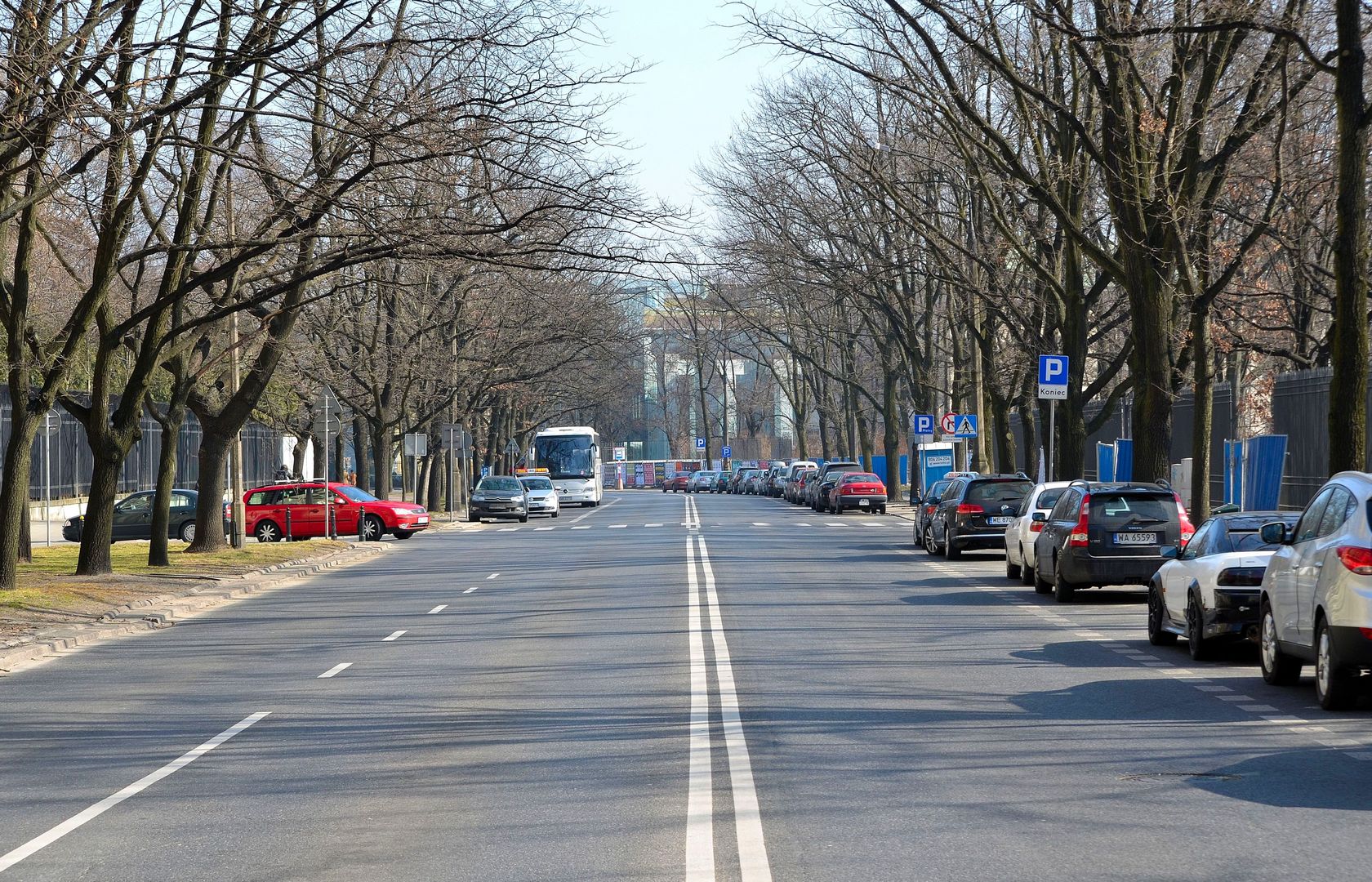Świętojerska Street in Warsaw
6.05

Overview
Świętojerska Street in Warsaw, known since the Middle Ages, is one of the key elements of the New Town. Initially, it was a farmland road, and alongside it stood the Church of St. George, which was founded by a prince after 1313. Over the years, the church and the adjacent monastery of the Canons Regular developed significantly, and the street's name evolved through the centuries, from "At St. George's" to "Monastery Street." The street became a settlement area where poor farmers and craftsmen settled, and in the 18th century, palace gardens and brick townhouses began to appear. In 1783, Świętojerska was fully paved, and the street gained a commercial character. In the pre-World War II period, it was mainly inhabited by the Jewish population, and after the outbreak of the war, it became part of the Warsaw Ghetto. During the struggles for its survival, as well as during the Warsaw Uprising, many buildings were destroyed. After the war, no decision was made to rebuild the area, leading to the construction of new housing estates and a change in the street's layout. Archaeological work carried out in the Krasiński Garden revealed valuable artifacts. Today, the street is home to the Institute of Industrial Design, the Public Opinion Research Center, the headquarters of the National Bar Council, and the Museum of the Polish Bar. The street's history is rich with events, making it an important point on Warsaw's historical and cultural trail. An interesting fact is that fragments of the Gothic walls of the Church of St. George were uncovered after World War II but were ultimately destroyed in 1962.
Location
Tickets
Powered by GetYourGuide
2025 Wizytor | All Rights Reserved